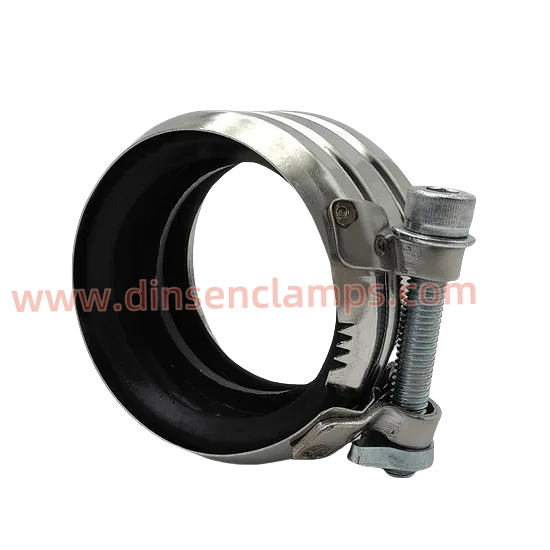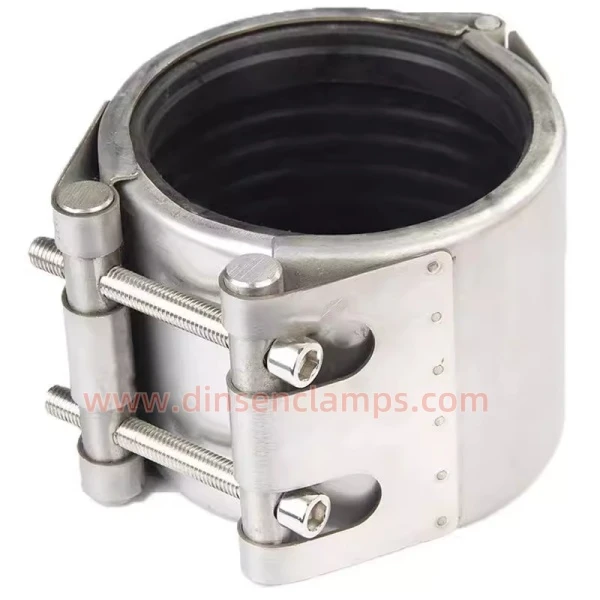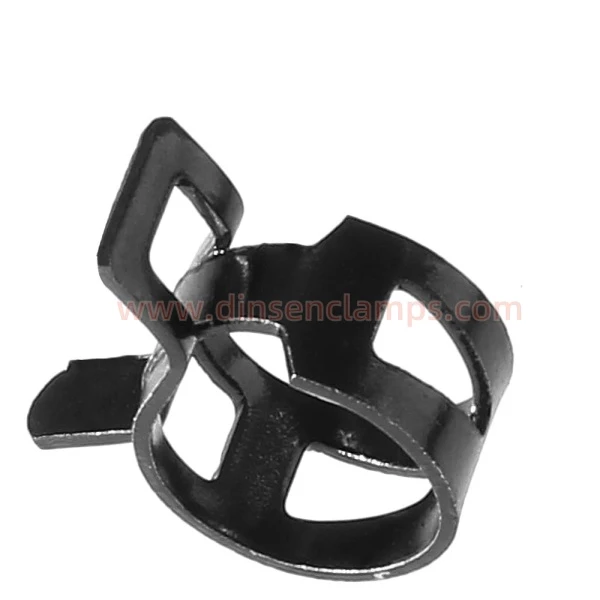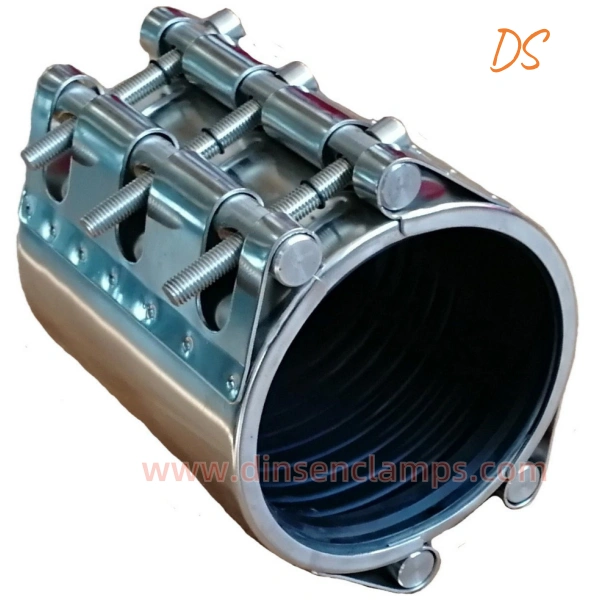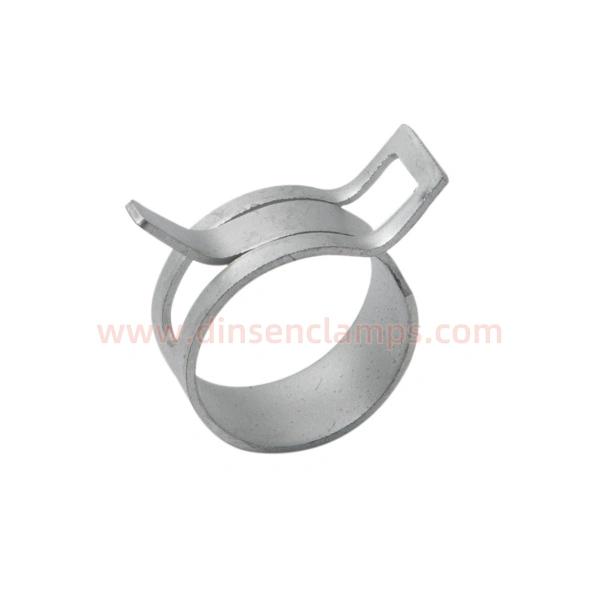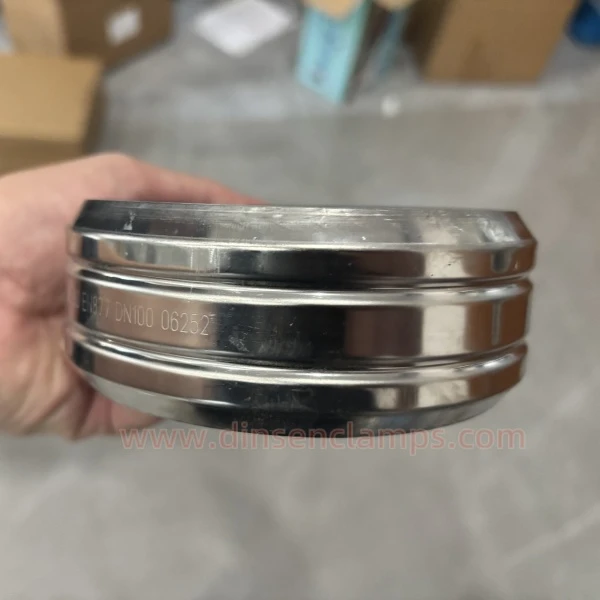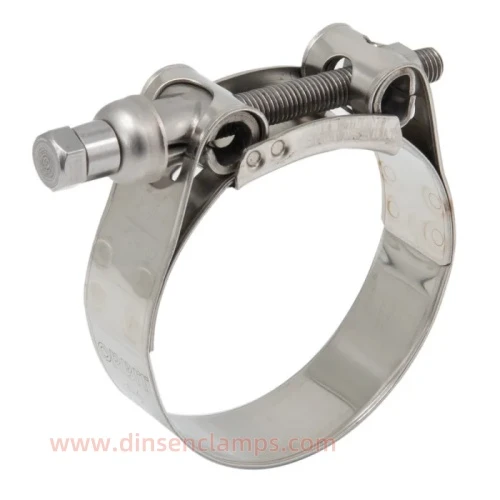Как проверить нержавеющую сталь 316?
- 1.Check the logo: Generally, there will be relevant engraved logos on the real 316 stainless steel products.
- 2.Use reagent reaction: Since the biggest difference between 316 and 304 stainless steel is that 316 contains molybdenum (Mo) element, while 304 does not, we can use the principle that the molybdenum complex turns brown (black) to detect whether it contains molybdenum element. This reagent is usually composed of a mixed solution of ammonium sulfate, sodium sulfate, silver nitrate and copper nitrate.
- 3.Use a spectrometer: A more professional method is to use a spectrometer to detect the element content of the stainless steel material to determine whether it is 316 stainless steel.
- 4.Use salt spray test: This is a more professional detection method, which determines the material by observing the corrosion behavior of the material in a specific environment.
In the video updated by ЛОГОВО, the staff used stainless steel testing liquid for testing. Firstly, the DINSEN staff removed the impurities on the surface of the stainless steel connect couplings, and then used a special battery to operate. The positive pole of the battery was placed on the metal surface, and the negative pole was placed on the surface of the test liquid. After power was turned on, the color was used to determine whether the material was 316.
Experimental results:
- The test liquid turns orange-red, and the nickel content is ≥7.8%. The material is 304 or above;
- The test liquid is yellow or colorless, and the nickel content is <6.5%. The material is 301 or below.
As can be seen from the video, the test liquid is orange-red, which means it is 304 or above
-
What are Hose Clamps Called?НовостиAug.01,2025
-
What is the difference between single band pipe coupling and double band pipe coupling?НовостиJul.31,2025
-
How Spring Clamp to InstallНовостиJul.23,2025
-
What is Pipe Repair CouplingНовостиJul.21,2025
-
How many types of clamps are there?НовостиJun.18,2025
-
Casting ExpoНовостиMay.22,2025
-
Features and Applications of Lightweight CouplingНовостиMay.20,2025

